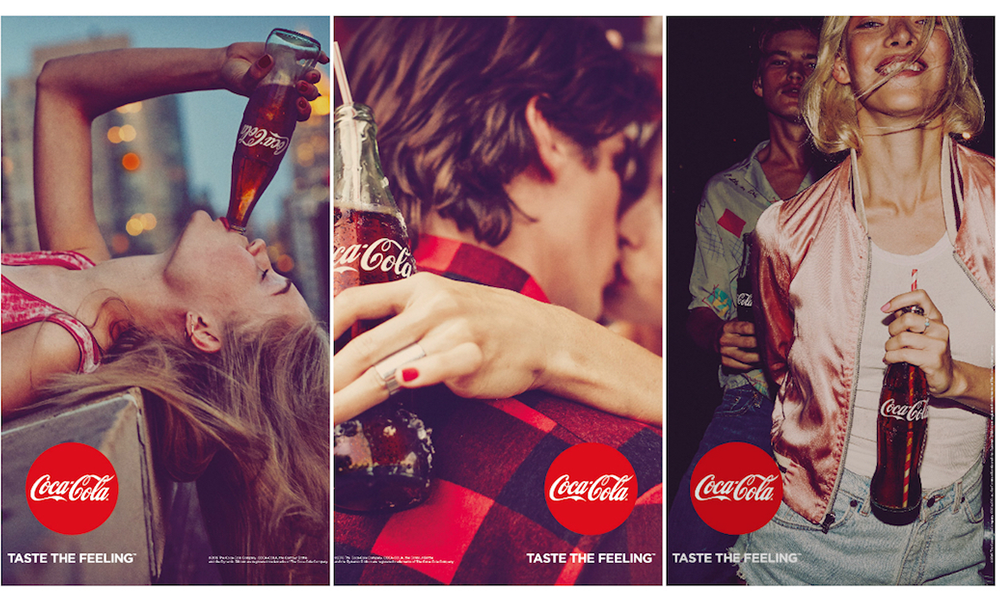Kraft's Mac and Cheese Dinner Is Officially Changing Its Name to 'KD' in Canada
Quick—when's the last time you had a little KD for dinner? Don't know? Of course you do. KD stands for Kraft Dinner, which is actually Kraft Macaroni & Cheese, which is formally Kraft Macaroni & Cheese Dinner—or, if you're American, just mac and cheese. Confused? Read on.
On Thursday, Kraft's Canadian division announced it was officially
changing the name of Kraft Dinner to KD, a nickname that, in fact, 80
percent of Canadian consumers use for the familiar blue box of instant
cheesy noodles anyway.
"The way Canadians refer to Kraft Dinner as KD is as much a term of
endearment as when you call a relative or a friend by a nickname," brand
director Kristen Eyre told Canada's Globe and Mail. "It's such a love mark for them, and we should be reflecting that."
So, Kraft Canada is doing just that, right down to the new #KDisnowKD hashtag. But here's a question: How did one of the most famous convenience foods on the planet wind up with a dual personality?
James L. Kraft, the father of Kraft mac and cheese, was born in Ontario, Canada,
but went to St. Louis to realize his dream of creating a wholesale
cheese business. When Kraft Dinner debuted in 1937 promising to feed a
family of four for just 19 cents, it was an immediate hit with
Depression-felled Americans, selling 8 million boxes in the first year.
The product was a hit in Canada, too, but partly because home
refrigerators were not yet prevalent north of the U.S. border.
But the Kraft Dinner name never really caught on
in the U.S., where the product became Kraft Macaroni and Cheese Dinner
not long after its introduction. For Canadians, however, the original
name apparently sounded just fine, and there the brand hit a defining
fork in the road. (A possible contributing factor was the adoption of
bilingual package labeling in Canada, which added more variations to the
names people adopted for the brand.)
In any case, not only has Kraft Dinner since become what Canadian journalist Sasha Chapman has called "our de facto national dish," Canadians still eat 55 percent more of the stuff than Americans do—and they frequently toss in hot dogs and cover it in ketchup.
If you're old enough to remember the Barenaked Ladies tune from the
'90s, you might recall these lyrics: "If I had a million dollars / We
wouldn't have to eat Kraft Dinner / But we would eat Kraft Dinner / Of
course we would, we'd just eat more / And buy really expensive ketchups
with it."
Canadian national affinities aside, is changing the name of a brand that already has two names a good idea?
"It's a bit of a high-risk move. They have decades and decades of
awareness out there," said Bruce Winder, an independent retail
consultant based in Toronto. Still, the 78 year-old brand has been losing market share to healthier options in recent years—in April, it pledged to finally remove the mysterious components
that give the macaroni its atomic orange color—and Winder gives Kraft
points for having the guts to try something new. "It sounds like they
have research that says the younger generation doesn't buy as much of
it, so you kind of have to applaud them for the intestinal fortitude."




















